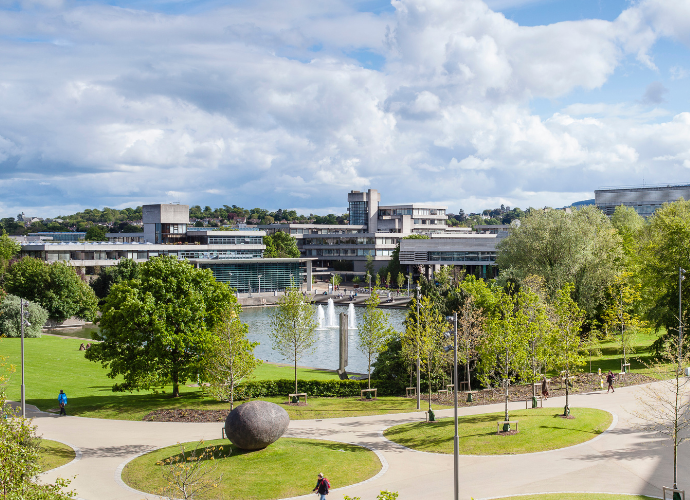“Sonic Junk and Techno Trash: Participatory Soundscapes and the Technocultural Afterlives of Recycled Objects”
[Taking place at 4pm]
This seminar is jointly organised by the UCD School of Music and the UCD School of Art History and Cultural Policy.
Presented by Dr Abigail Lindo (UCD)
ABSTRACT
At Tremor, a five-day alternative music festival in the Portuguese autonomous region of the Azores, two ensembles incorporated recycled objects as instruments for generative musical compositions and audience engagement in natural and human-made venues. Experimental and electronic performances like these allow for tactile improvisational play that repurposes used materials for group engagement and dehierarchises the dispensation of bodies within the performance space - blurring the line between audience and performer. In this seminar, I explore these musical performances as ethnographic case studies demonstrating how the use of salvaged objects signals the complex relationships individuals have with technology over time and the potential for objects to be reimagined with a diversity of functions.
